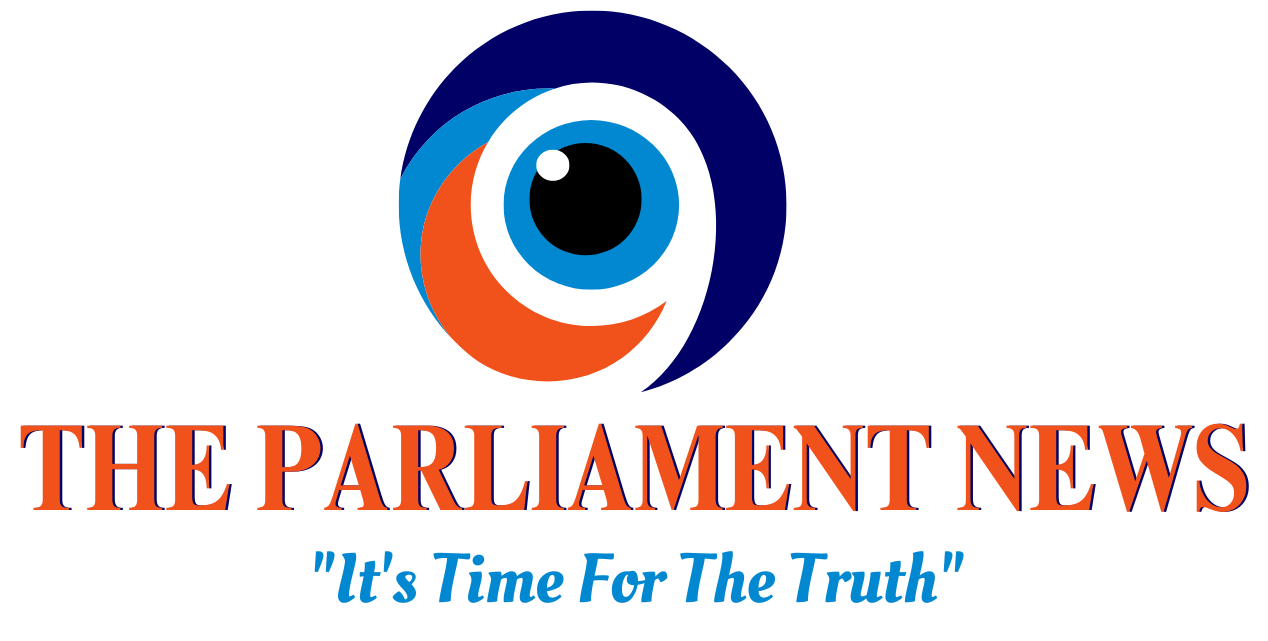In what’s being dubbed the most dramatic markets collapse since the COVID-19 crash, financial systems around the globe were jolted on April 5 as former U.S. President Donald Trump’s 10% baseline reciprocal tariff policy came into effect. The aftershocks were instant and unforgiving—Wall Street logged its worst day in four years, and tremors were felt across the Atlantic in London, Frankfurt, and Paris, sparking renewed fears of a global recession.
Wall Street in Free Fall
It started with the Dow Jones Industrial Average tumbling over 5.5%, leading a bloodbath that saw the S&P 500 and Nasdaq 100 plummet 6% and 6.1%, respectively. With $5 trillion in market value wiped out in just 48 hours, traders were left grappling with déjà vu—this was the steepest two-day fall since March 2020, when the world first reeled from pandemic panic.
Adding to the pain, 10-year Treasury yields dipped three basis points to 3.99%, suggesting investors were fleeing to safety, while the U.S. dollar surged 1%, underlining the depth of concern. Though typically a haven during crises, tech-heavy Nasdaq entering bear market territory marks how deeply the sentiment has soured across sectors.
Trump’s Tariff Storm: Global Reactions Begin
The catalyst? Trump’s April 2 announcement of a reciprocal tariff system, introducing a flat 10% import tax on all goods entering the U.S., with provisions for added surcharges targeting specific sectors. The administration argues it’s a move for trade fairness and domestic industrial revival, but critics—both domestic and international—are calling it protectionism with a heavy price tag.
Markets have responded with swift pessimism, as supply chain disruptions, rising input costs, and inflationary pressures loom large. China’s looming countermeasures have only added fuel to the uncertainty.
Europe Feels the Heat
The tariff tremors rippled across the globe. In London, the FTSE 100 nosedived 1.8%, its worst fall since the pandemic began. Tech, manufacturing, and energy sectors bore the brunt. Germany’s DAX dropped 2.3%, while France’s CAC 40 fell by 1.6%, indicating a continent-wide investor retreat from risk.
UK Prime Minister Keir Starmer, reacting to the crisis, began damage control efforts. After speaking with the Australian and Italian Prime Ministers, Starmer reiterated the need for “like-minded nations to maintain strong global relationships” in an increasingly fragmented trade environment. Sources confirm more leader-to-leader calls are lined up through the weekend.
Currency Swings & Crypto’s Quiet Climb
As traditional markets stumbled, crypto assets offered a modest glimmer. Bitcoin gained 2.1%, touching $84,024.64, while Ether rose 0.8% to $1,811.63—a reminder that in times of fiat chaos, digital assets may still serve as an alternative hedge, albeit volatile.
Meanwhile, global currencies took a beating:
- The euro slipped 1% to $1.0944
- The British pound dropped 1.7%, falling to $1.2876
- The yen weakened 0.6% to 146.95 per dollar
These shifts reflect the dollar’s dominant surge, which is often seen when investors scramble for stability amid chaos.
Outlook: A Fragile Global Moment
Whether this is the start of a full-blown global recession or a sharp but short-term correction remains uncertain. What’s clear, however, is that Trump’s tariff play has injected fresh volatility into an already cautious global economy. From Wall Street to Westminster, stakeholders are bracing for a new phase of uncertainty, one where nationalist trade policies meet fragile post-pandemic recovery.
The days ahead will be crucial. Markets will look to central banks, fiscal policymakers, and global leaders for stability—or at least, for clarity. But for now, the only certainty is that the era of calm markets may have abruptly ended.






 It’s not just a model—it’s an ecosystem: Built on top of Anthropic’s Claude 3.5 Sonnet and refined Alibaba Qwen models, Manus integrates with over 29 tools and open-source software, allowing it to browse the web, interact with APIs, and even develop software independently.
It’s not just a model—it’s an ecosystem: Built on top of Anthropic’s Claude 3.5 Sonnet and refined Alibaba Qwen models, Manus integrates with over 29 tools and open-source software, allowing it to browse the web, interact with APIs, and even develop software independently. Scraped his social media and extracted key professional highlights.
Scraped his social media and extracted key professional highlights.

 Hurt domestic manufacturers who have invested heavily in EV production.
Hurt domestic manufacturers who have invested heavily in EV production.





